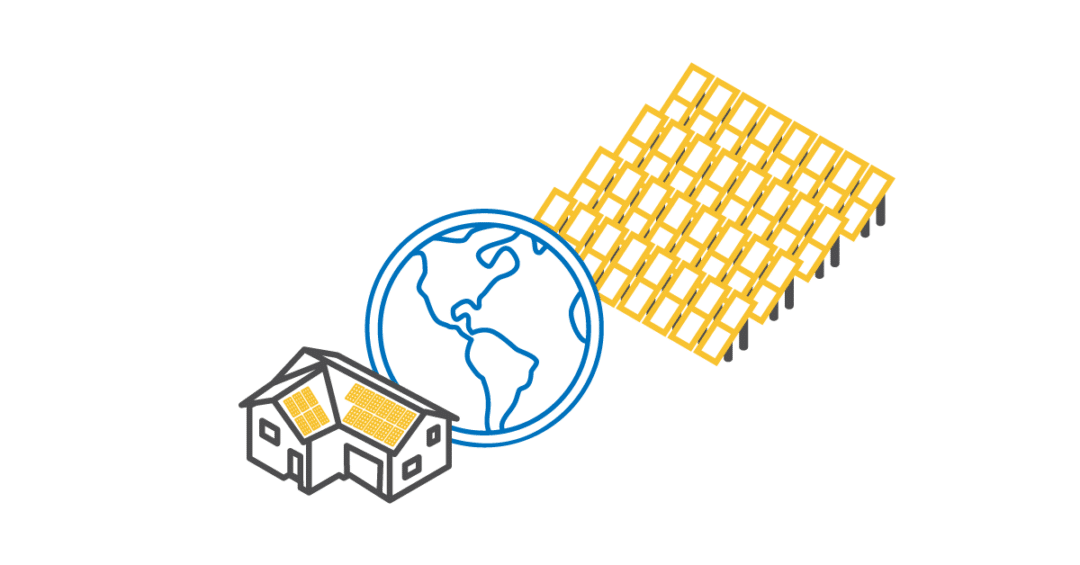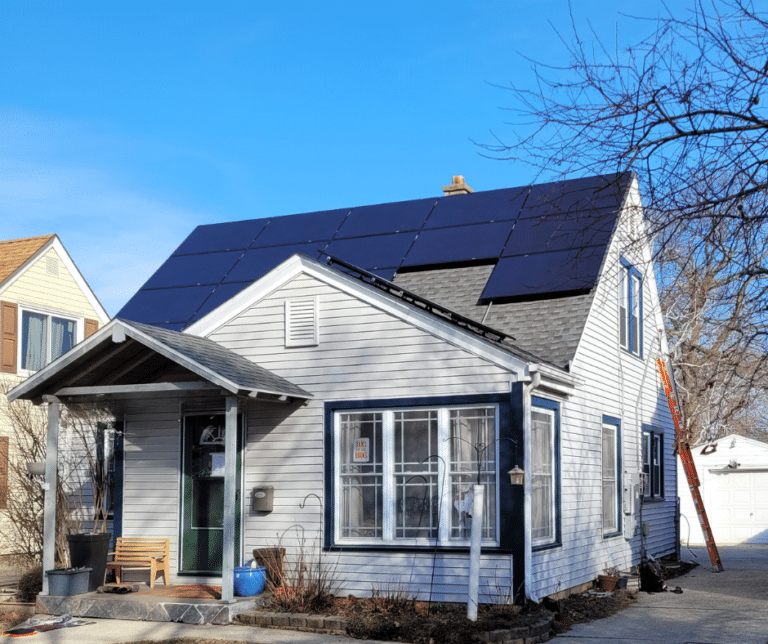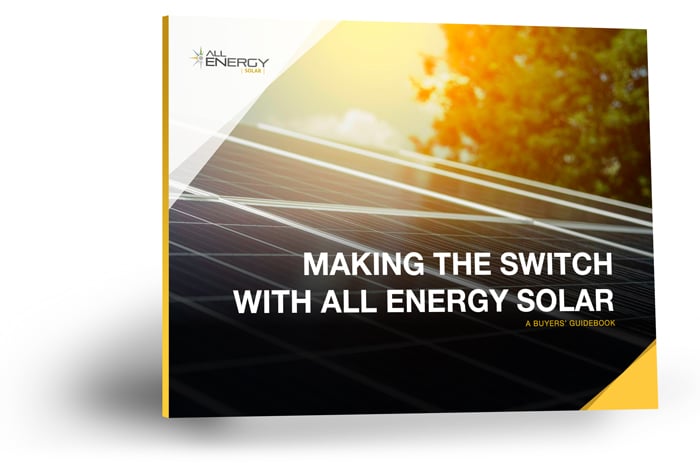With solar photovoltaic now the cheapest energy source according to the International Energy Agency, it certainly should be full-steam ahead (pun intended) on going all-in on both utility-scale and rooftop solar. But, while the benefits of moving away from fossil fuels are obvious, a recent study in The International Journal of Life Cycle Assessment points to aspects of large utility-scale solar that, when compared to the smaller solar installations used by a single house, make it significantly less efficient when it comes to carbon emissions.

Looking at the number
Put into numbers, when examining the entire lifecycle (from production to decommissioning), the study found that rooftop solar systems produce 18% to 59% less carbon dioxide equivalent of greenhouse gas emissions, need 21% to 54% less input energy, and consume 1-12% less water compared to utility-scale counterparts.
These numbers may seem startlingly high given that large-scale solar is traditionally seen to be a cheaper and more efficient way to bring a LOT of solar online. Solar farms typically have at least 1,000 kilowatts (kW) of generating capacity and may require between 5 and 10 acres per 1,000 kW. Meanwhile a typical home solar installation may have less than 10 kilowatts of capacity. You might assume that the efficiencies of scale will make the much larger installation better for the environment overall.
The big reason why
However, this assumption doesn’t take into account the fact that home solar uses the existing land and infrastructure of the house. No new land or freestanding racks are required. In addition, 5 to 7% of energy coming from a solar farm would be lost during the delivery of electricity as the energy travels to where it is needed, due to inefficiencies in the transmission and distribution grid. Energy from a solar panel on the roof of your house is significantly closer to where it will be used, so it doesn’t share this same problem. This ends up having a very large impact on the overall efficiency.
Mixing large-scale solar with agriculture can help solve for some of these efficiencies, by doubling up on the land use, using large buildings such as barns to mount panels, using the generated energy closer to its origination point, or by giving additional functionality to the racks that the solar panels are mounted on (for instance, as shade for a certain crop, or to mount additional trellises).
It’s important to remember that these findings don’t mean that utility-scale solar isn’t still one of the best options for affordable and sustainable energy. As we electrify more of our transportation and heating and phase out more fossil fuels, a mixed approach to going solar is definitely needed. What it demonstrates, though, is just how amazing rooftop solar is for solving a plethora of problems with our current energy infrastructure—bringing the power closer to you and letting you manage your own mini power plant for your house.



